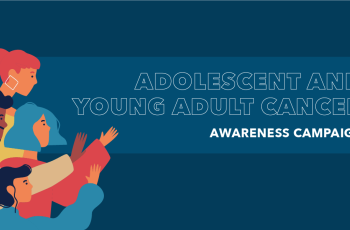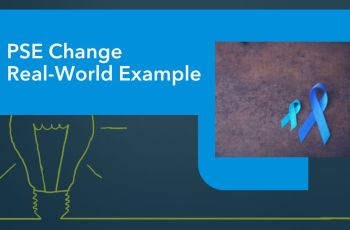This work was supported by Cooperative Agreement #NU58DP007539-01 from the Centers for Disease Control and Prevention (CDC).
GW Cancer Center
Adolescents and young adults (AYA) typically refers to patients 15 to 39 years old. The Centers for Disease Control and Prevention (CDC) reports that cancer is a leading cause of disease-related death for this age group. This health awareness campaign can help your organization implement evidence-…
At the time of this initiative, New Hampshire ranked high on the list of states for rates of new melanoma diagnoses. Research shows that early exposure to carcinogenic ultraviolet rays, emitted by indoor tanning devices which are easily accessible to teens, can increase the risk of developing skin…
From 2011 to 2015, the cancer incidence rates and cancer mortality rates in New Hampshire and Vermont exceeded the national average. In addition, cancer death rates in rural areas are higher than in urban areas, with barriers such as a lack of broadband internet connectivity and a lower…
Data showed that uptake of the human papillomavirus (HPV) vaccine in the catchment area of the Dartmouth-Hitchcock Norris Cotton Cancer Center was lower than the uptake of other vaccines given at ages 11 and 12. A research team conducted an environmental scan focused on understanding the barriers…
At the time of this initiative, the obesity rate had doubled, with almost two-thirds of Minnesota adults overweight or obese, with sugary drinks playing a role. Partners worked together in a multi-pronged approach to encourage health care organizations to phase out sugar-sweetened beverages.
In order to increase the proportion of children in the state who were fully vaccinated against human papillomavirus (HPV), the Michigan Cancer Consortium developed an education campaign to promote vaccine uptake among the state’s Latino population.
To address low screening rates for breast, cervical and colorectal cancer, the Michigan Cancer Consortium developed an initiative to increase screening rates among employees of the Consortium’s member organizations.
Louisiana had high smoking rates, as well as a high percentage of employees working in non-smoke-free workplaces. In response, Louisiana partners promoted a comprehensive smoke-free ordinance that would ban smoking inside worksites and public places including bars, casinos and restaurants.
Due to high rates of colorectal cancer (CRC) incidence and low screening rates in Kentucky, the Kentucky Cancer Consortium launched a focused initiative to improve CRC screening rates in the state.
In Kentucky, colorectal cancer was the second-leading cause of cancer death; incidence rates were also high. The work of the Kentucky Cancer Consortium over 5 years resulted in the legislatively established Kentucky Colon Cancer Screening Program.









